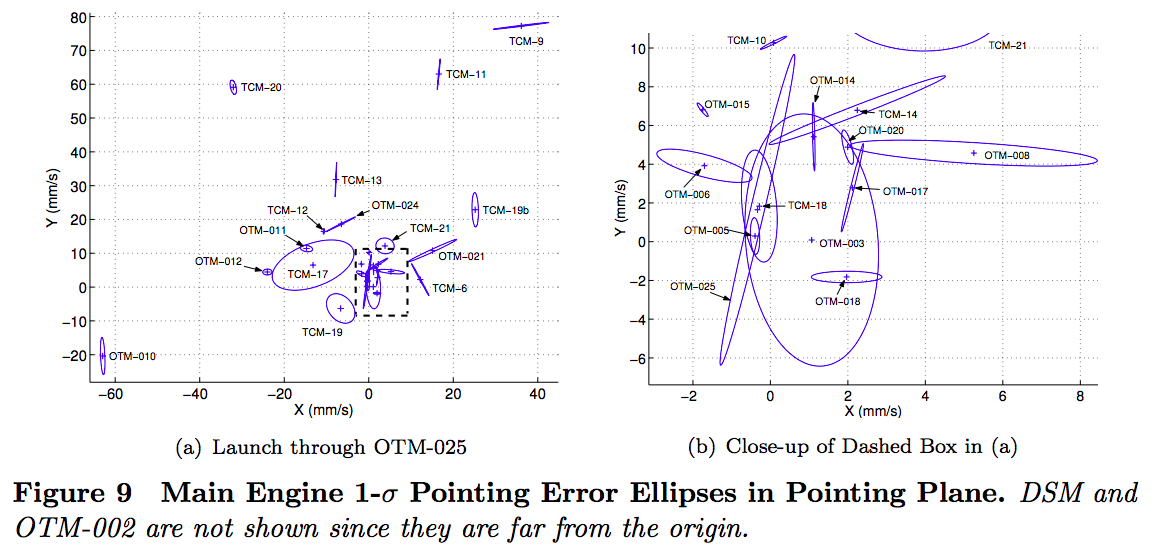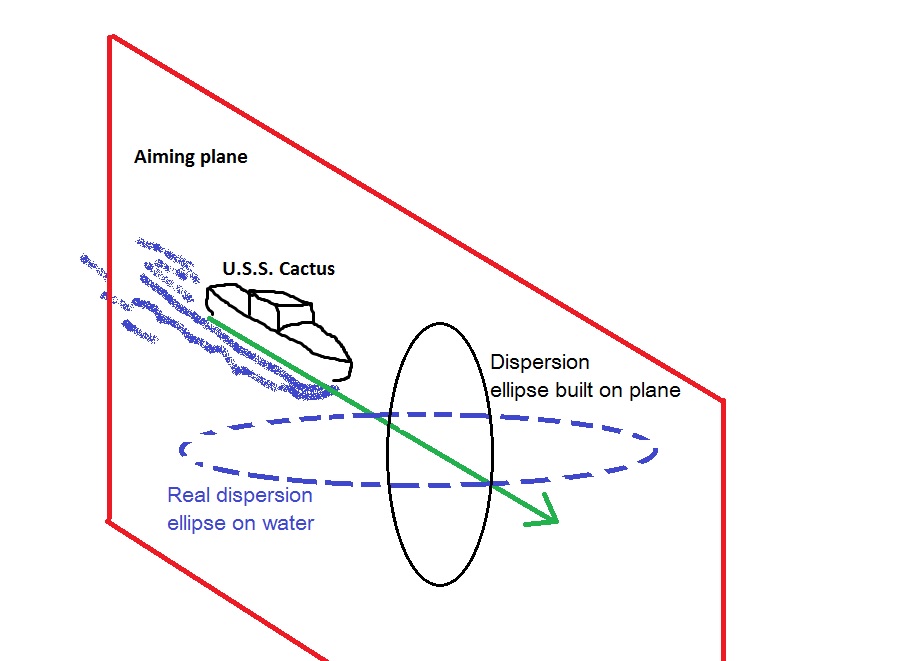Is there a term for the area near a planet a spacecraft must pass through for a gravitational-assist flyby, or does 'gravitational keyhole' apply to gravitational assists as well as for asteroids?
-
1$\begingroup$ Periapsis or Perigee would seem appropriate, though theoretically it’s just a point in space that maximizes the oberth effect. Plus, it’s not really an “area”, but a trajectory that it passes through. $\endgroup$– PaulCommented Jul 12, 2019 at 0:55
-
$\begingroup$ @Paul Is there no room for error in passing through the point? Are spacecraft aligned so perfectly with the point? Or are any errors in the trajectory corrected after the craft has executed the flyby? $\endgroup$– Bob516Commented Jul 12, 2019 at 2:13
-
1$\begingroup$ Based on the total $\Delta v$ you want to impart, you accelerate through it starting a little bit before and a little bit after the predicted optimal point. There will always be error, but you compensate with corrective burns afterwards. Perhaps your question is best asked in terms of how much error in the trajectory can a maneuver tolerate. I think the term you’re looking for is the “error bar”, which can only be obtained by sensivity analysis and uncertainty quantification and how much corrective fuel you can afford to take with you. $\endgroup$– PaulCommented Jul 12, 2019 at 3:01
1 Answer
The term "keyhole" is used for an opening in a (usually 2D) surface such that if you pass through it, you get to some certain locus of points at some tme in the future. See for example
- Understanding gravitational keyhole analysis for Near-Earth Objects
- Wikipedia's Gravitational keyhole
It is possible that "keyhole" is a sufficiently descriptive that it can be used in mission planning, and if you used the term, people might assume that you mean that if you go through the keyhole your mission will be a success.
But while NEO's are fairly passive and only weakly propulsive (outgassing, photon pressure and thermal radiation effects) deep space spacecraft are active and substantially propulsive. They usually (always) have scheduled orbital correction maneuvers after flybys of planets (possibly even Titan, though I'm not sure about that).
They may not always use all those scheduled opportunities, but they are there.
In a complex trajectory involving one or more flybys, there is something different than, but similar to a keyhole. It's called a dispersion ellipse or pointing error ellipse.
- Figure 6: LOW-THRUST NAVIGATION TOOLS AT ESOC MISSION ANALYSIS SECTION
- Figure 9: CASSINI-HUYGENS MANEUVER EXPERIENCE: FIRST YEAR OF SATURN TOUR
- Most figures: Flyby Error Analysis Based on Contour Plots for the Cassini Tour
- Most figures: ROSETTA NAVIGATION FOR THE FLY-BY OF ASTEROID 2867 ŠTEINS
These ellipses are drawn on the B-plane, and that plane is explained nicely in @MarkAddler's answers to the following:
- What's the planetary exploration word for “impact parameter” (distance of closest approach if gravity were “turned off”)?
- The plane of the orbit of Juno around Jupiter is not the ecliptic plane. How did it get into this plane?
You can find this definition in the classic and indispensible Interplanetary Mission Design Handbook, on page 20. Here is the diagram copied from there:
You can also draw ellipses on other planes. For example, these are drawn on axes which represent errors in transverse velocity. You can draw "keyholes" or error ellipses on any plane of orbital parameters that you like. Each mission is different and has different most-critical or most-sensitive or most-difficult-to-control parameters.
click for full size:

above: from CASSINI-HUYGENS MANEUVER EXPERIENCE: FIRST YEAR OF SATURN TOUR
You can also draw lots of other information on the B-plane!
From this answer to Where are the upper stages for the Voyager/Pioneer stages?:

Probability ellipses aren't only for spaceflight
From Probabilistic analysis of a piled earth platform under a concrete floor slab

From Sub_Octavian: How Shell Dispersion Works

